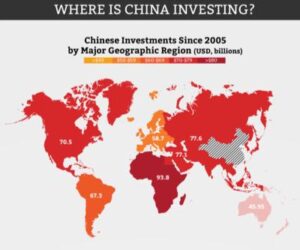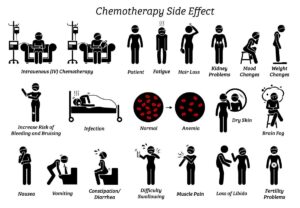In the ever-evolving landscape of global health, a new microbial player has emerged, casting a spotlight on the delicate balance between human vulnerability and viral adaptation. Human Metapneumovirus (HMPV), a respiratory pathogen that has long simmered beneath the surface of medical awareness, is now commanding international attention following recent outbreak reports in China. This microscopic intruder, often overshadowed by its more notorious viral cousins, is revealing its potential to disrupt communities and challenge healthcare systems. As whispers of concern ripple through medical corridors and public discourse, understanding the nature, transmission, and implications of HMPV becomes not just a scientific imperative, but a critical narrative of modern epidemiology. A mysterious respiratory pathogen is making headlines, sparking global concern and medical curiosity. Recent reports from China have highlighted an emerging viral threat that’s catching healthcare professionals’ attention. Human Metapneumovirus (HMPV), typically overlooked, has suddenly thrust itself into the spotlight with increased transmission rates and potential health complications.
Unlike more familiar viruses, HMPV predominantly affects children, elderly populations, and individuals with compromised immune systems. Its transmission mechanisms resemble those of common respiratory syncytial virus (RSV), spreading through respiratory droplets and close personal contact. Symptoms often mirror standard cold-like conditions: persistent cough, runny nose, fever, and potential breathing difficulties.
Clinical observations suggest HMPV can lead to severe respiratory infections, particularly in vulnerable demographics. Hospitals have documented cases ranging from mild respiratory discomfort to more serious pneumonia-like conditions. The virus’s ability to cause significant respiratory distress has prompted increased medical surveillance and research.
Diagnostically, HMPV presents challenges. Standard testing protocols might not immediately detect its presence, requiring specialized laboratory techniques. Healthcare professionals typically rely on comprehensive clinical assessments and patient symptom profiles to identify potential infections.
Prevention strategies mirror traditional respiratory virus protocols. Rigorous hand hygiene, maintaining physical distance from infected individuals, and implementing robust sanitization practices can minimize transmission risks. Vaccination development remains an ongoing research priority, though current medical frameworks lack a specific HMPV vaccine.
Epidemiological investigations reveal HMPV’s global prevalence isn’t novel. The virus has existed for decades, often circulating without widespread recognition. Recent Chinese outbreak reports have simply amplified existing medical understanding and highlighted potential transmission dynamics.
Interestingly, HMPV’s increased visibility coincides with post-pandemic heightened viral awareness. Healthcare systems worldwide remain vigilant, implementing enhanced monitoring mechanisms to track potential viral spread. International medical communities are collaborating to understand transmission patterns and develop comprehensive response strategies.
Medical experts emphasize measured responses, cautioning against unnecessary panic. While the virus demands attention, current data suggests manageable infection trajectories for most healthy individuals. Vulnerable populations should consult healthcare providers if experiencing persistent respiratory symptoms.
Research continues to unravel HMPV’s complex characteristics. Ongoing studies aim to comprehend its genetic mutations, transmission mechanisms, and potential long-term health implications. The scientific community remains committed to developing more sophisticated diagnostic and preventative approaches.
As global health landscapes evolve, understanding emerging viral threats becomes increasingly crucial. HMPV represents another chapter in humanity’s ongoing dialog with microscopic biological entities that challenge our medical comprehension and adaptive capabilities.











